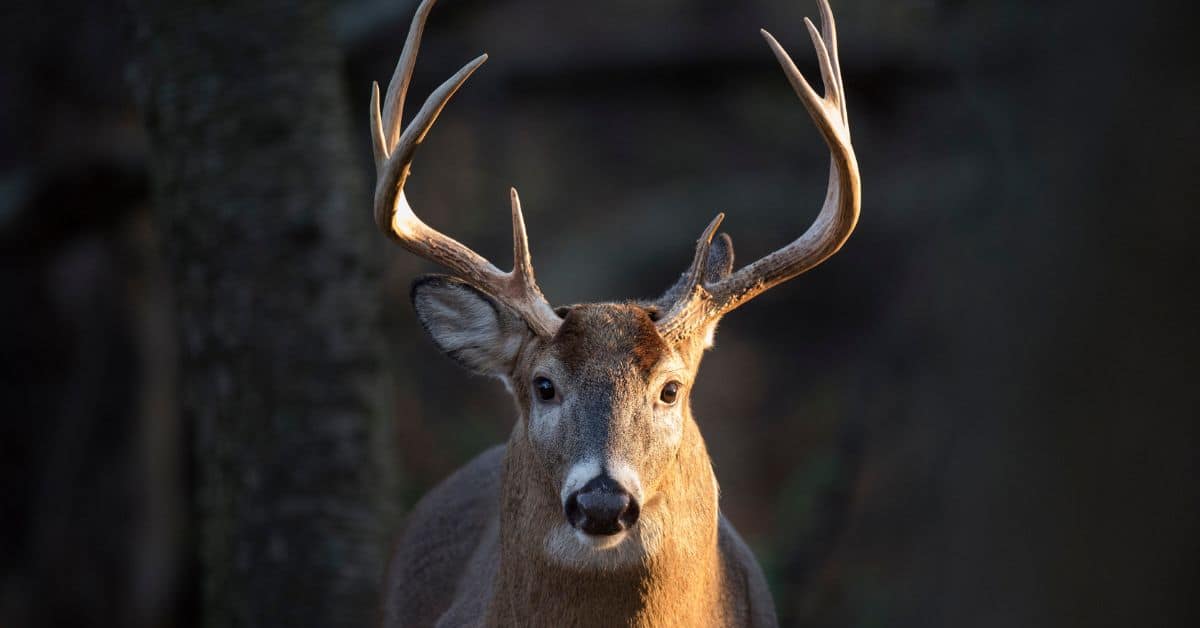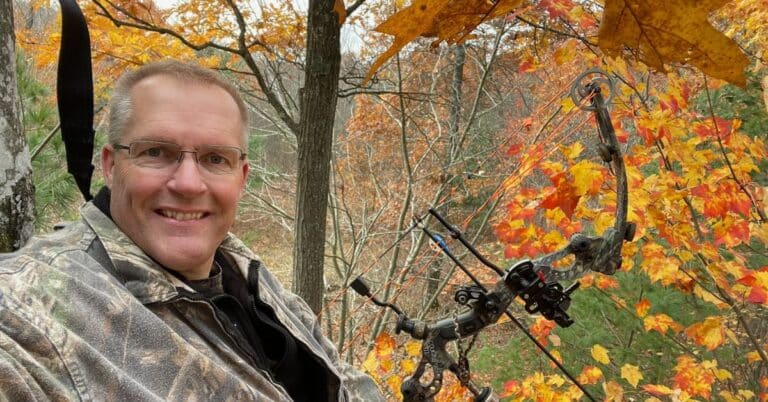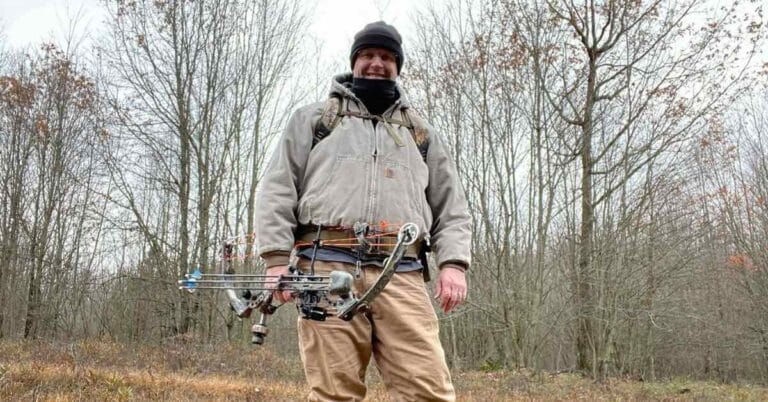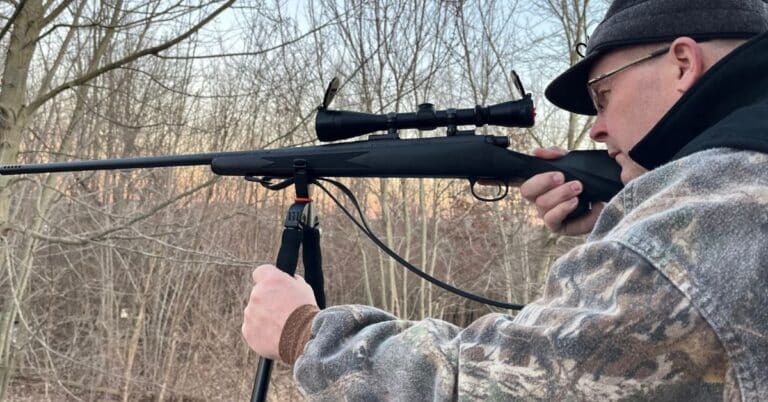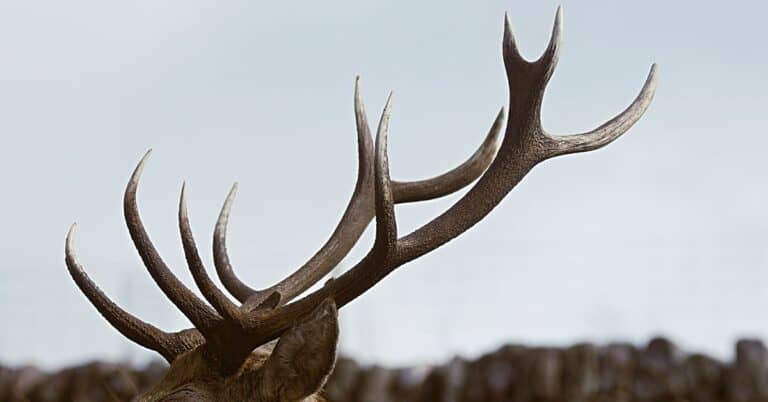When to Rattle for Whitetail Deer: Calling Big Bucks
The first time a whitetail deer responded to my rattle and grunt sequence, I remember thinking, “Holy crap, I actually called one in!” I was in my 20s and bow hunting on private land. The tree I was sitting in was near a path that my Uncle Joe had made with his tractor. It was early in the morning, around first light, and I was using a rattle bag. Then I remember turning around and spotting a deer staring straight at me. I had been so focused on the woods in front of me, that I almost forgot to check all around my hunting spot.
But there it was, a spike standing right in the path behind me. That moment taught me a valuable lesson: always keep an eye on your surroundings. Deer are sneaky; they’ll circle around you to catch a whiff of your scent. So from then on, I made sure to stay alert and aware of my entire environment while hunting.
Rattling for Whitetail Deer
If you’re wondering when’s the best time of the year to shake those antlers for whitetail deer, think late October to early November – that’s when those big bucks are most likely to pay attention. They’re all worked up looking for hot does and showing off their strength. Rattling during the early morning hours, when deer are most active, will lead to more success. Especially on calm, clear days when sound travels farther. This time of the year, bucks are establishing their pecking order, making it an ideal time for rattling.

Some deer hunters prefer real antlers for their authenticity and sound quality. But I’ve had more success with a rattle bag, particularly when used with light sparring sequences. Successful rattling sessions often include adding grunt calls to create a convincing scenario of deer interaction.
6 Tips for Rattling for Deer
As someone who hunts in Michigan, here are a few observations I’ve made:
- I’ve found that rattling doesn’t often attract mature deer. But I’ve successfully rattled in several spikes and some curious button bucks.
- My rattling attempts have spanned from October 1st until the end of November. I have gotten more responses during the first couple of weeks of the season and also the early weeks of November for the pre-rut period.
- Based on my experiences, the most successful time for rattling has been early in the morning or mid-morning. Every deer I’ve managed to rattle in has done so before noon, with little to no response in the afternoon or evening.
- It appears that deer prefer gentle sparring sequences lasting around 30 seconds, repeated 2-3 times within a short timeframe, typically no longer than 4-5 minutes.
- Interestingly, I’ve never witnessed a buck or any deer investigating loud, dramatic rattling similar to what’s portrayed on YouTube or popular TV shows.
- I have hunted with friends who try various methods, including using a rattle bag, fake horns, and real sheds. But from my personal experience, I’ve noticed that deer tend to respond more to my rattle bag and subtle rattling techniques.
Rattling for Deer on Public Land vs. Private Land
Rattling on public land versus private land needs different methods because deer act differently and face different hunting pressures. On public land, deer are often more cautious and have faced many hunters, so they might not respond well to loud rattling. Here, it’s better to use softer and less frequent rattling sounds and to focus on bedding areas where deer feel safe. Using a buck decoy might also help, especially during late pre-rut.
My experience hunting public land in Michigan spans decades. Learn more about how to hunt public land.
On private land, especially where there aren’t as many hunters, deer are usually more relaxed and might respond better to louder and more aggressive rattling. Using real antlers and grunt calls during the peak rut can work well in these areas. Knowing these differences and changing your rattling strategy can help you be more successful on both public and private land. The doe ratio in the area can also affect your strategy; more does usually mean less competition, making bucks less likely to respond to calls.
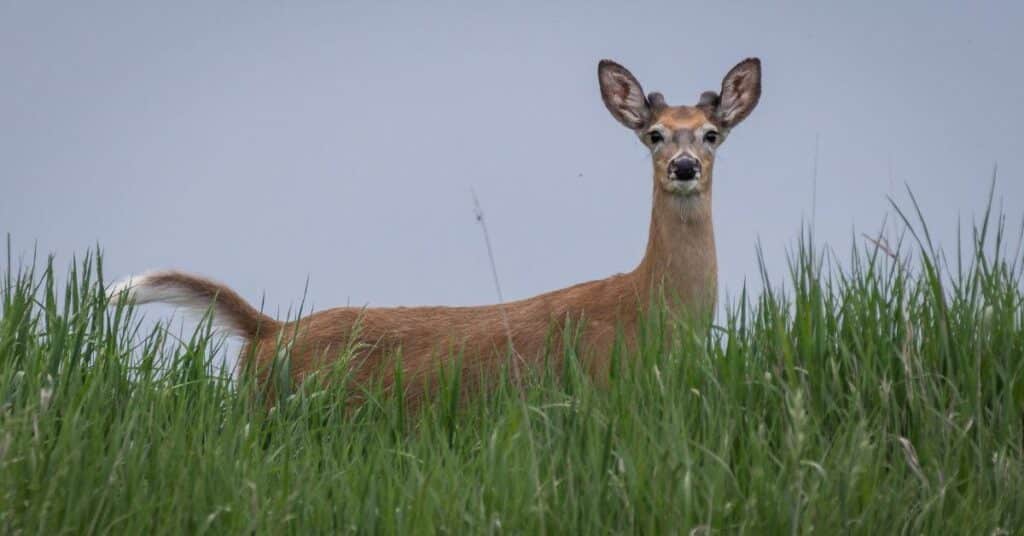
While hunting pressure and imbalanced herd structures in heavily pressured areas like Michigan can influence deer behavior, understanding deer reactions to sounds and maintaining awareness of one’s surroundings can improve the effectiveness of rattling and grunting techniques, particularly on privately managed lands with minimal hunting pressure.
The Weather and the Rut Season
Weather plays a big role in triggering the rut season, with changes in temperature and other conditions often signaling the start of the action. Typically, I wait until mid to late October before I start rattling. Grunts, on the other hand, are effective all year round, but I reserve the heavy grunting and growling for the middle of the rut. In mid-October, when I first start rattling, I keep it light. But as we approach the end of October, especially around the 23rd to the 31st, that’s when I really start going at it with the antlers, making it sound like a royal rumble out there.
Windy days can be less effective for rattling as the noise may not carry well, so picking the right conditions is crucial. Deer will walk with the wind at their back. Paying attending to wind direction is critical for success.
Timing Your Deer Rattling
The time of year during the season is super important when it comes to rattling for deer. You can’t just go out in September and expect every buck to come running at the sound of rattling. It’s best to wait until the rut is happening, usually in mid to late October. That’s when bucks are busy asserting their dominance to get their does. But in places where there’s a lot of hunting, or where there are way more does than bucks, rattling might not work so well.
During the rut, bucks get kind of protective and don’t like to share their space. So if you know there’s a big buck around but he’s not coming close enough to shoot, you might try rattling or making other noises to try to bring him in. But it doesn’t always work, and sometimes it can even scare deer away. It’s also important not to make too much noise because too much rattling can be bad. It’s all about finding the right balance. Early season rattling can also be effective, especially in early October, when young bucks are starting to establish their territories.
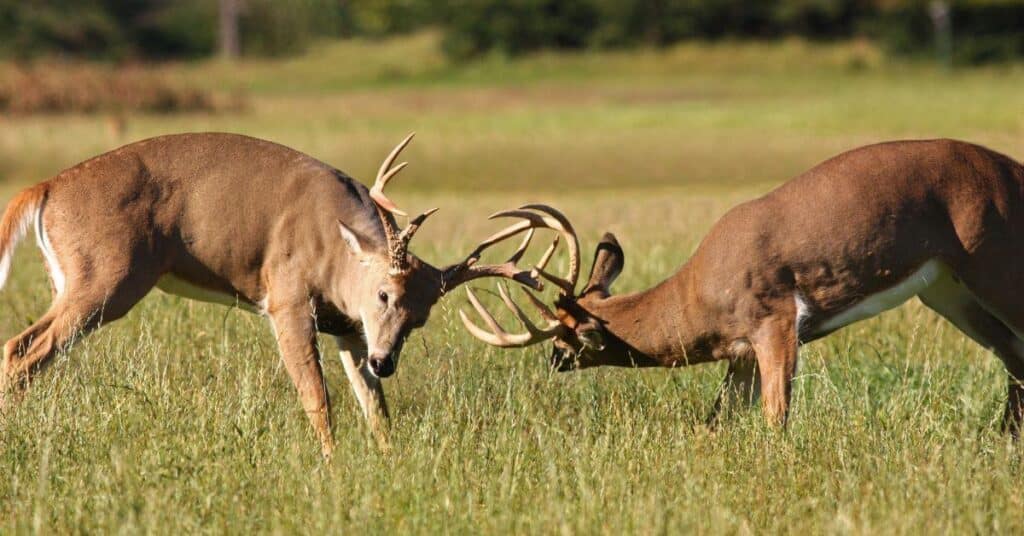
When rattling works, it’s pretty amazing. Whitetail bucks might come charging from a direction you didn’t expect, or you might see them trotting around looking for does. But sometimes they sneak in quietly, so you have to be ready. And it’s not just about making noise, you also have to pay attention to the time of day you do it. Rattling usually works best in the middle of the rut, when bucks are most active. But if there are too many does around, it might not work as well. So, you have to think about all these things before you start rattling.
Rattling Gear for Attracting Whitetail Deer
Real vs. Synthetic Antlers
When it comes to choosing between real and synthetic antlers for rattling, real antlers, especially those with prominent brow tines, produce more authentic sounds. This authenticity can better mimic natural deer behavior and attract mature bucks. Synthetic antlers can still work but may not have the same realistic impact.
Rattle Bag vs. Rattling Antlers
Deciding between a rattle bag and rattling antlers can depend on your hunting style and the situation. Both have their benefits, but a combination of a grunt tube and rattling antlers offers versatility and realism, especially during the peak of the rut when bucks are more aggressive. This combo can simulate the sounds of bucks competing for dominance, which can be highly effective.
Grunt Calls
Incorporating grunt calls alongside antler rattling can enhance your strategy. Grunt calls can create a convincing scenario by mimicking the sounds of a buck defending its territory or pursuing a hot doe. This combination of sounds can make the encounter more realistic and increase your chances of drawing in a curious or competitive buck.
Good Rattling Sequence
For an effective rattling sequence to attract dominant bucks, start with a series of soft grunts to simulate deer interaction. Follow this with aggressive antler rattling to mimic a confrontation between dominant bucks vying for control. This progression from mild to intense can pique the interest of nearby bucks, drawing them in to investigate the commotion.
Grunt Tubes
People often say that deer are really chatty and social, but in my experience hunting in Michigan, that hasn’t been the case. I hardly ever hear them making any noise unless they smell me or someone else nearby. Then they start snorting and stomping, basically telling every deer within half a mile that something’s up. But what’s worked better for me than rattling is using grunt tubes, especially when I make sounds like a doe or a fawn.
Adding a few different deer calls to your gear bag is a good investment if you plan on hunting for many years.
Factors for Rattling Success
In summary, the effectiveness of your rattling technique can significantly improve with the right equipment and strategy. Using real antlers for authenticity, combining grunt calls with rattling, and executing a well-planned rattling sequence can create a realistic and compelling scenario that attracts mature bucks. Adjusting your approach based on the behavior and responses of the deer can also enhance your success rate in the field.

